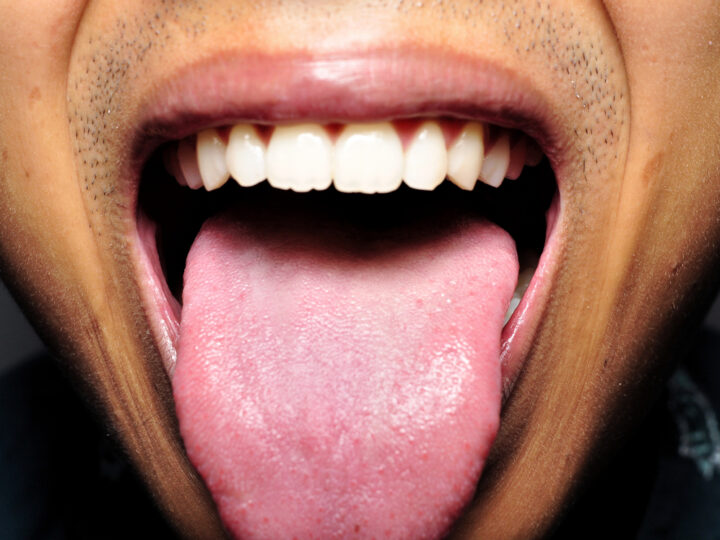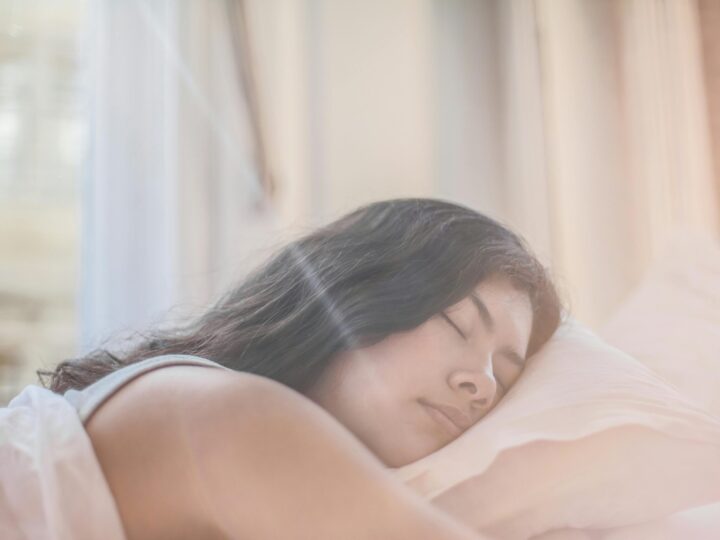THE INNER ALCHEMY OF POWER
Qi in Martial Arts Unveiled
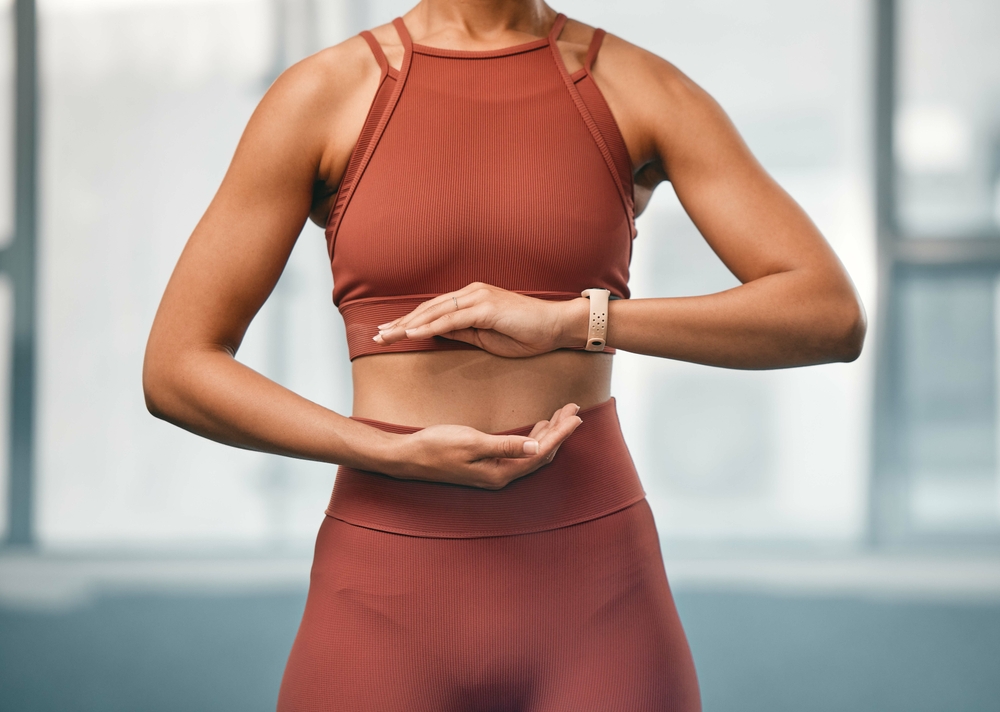
In the dynamic world of martial arts, the concept of Q, life force, stands as a testament to the profound connection between mind, body, and energy. Beyond the physical prowess displayed in punches, kicks, and forms, martial artists delve into the realm of internal power, harnessing the subtle force of Qi for strength, balance, and resilience. This exploration embarks on the journey into the heart of martial arts, unraveling the intricate interplay between Qi cultivation and the principles of Traditional Chinese Medicine (TCM).
Understanding Qi in Martial Arts
a. The Essence of Qi:
In martial arts philosophy, Qi is recognized as the life force or vital energy that permeates the universe. It is the unseen force behind movement, technique, and power. Qi is not confined to physical strength alone but encompasses the mental and spiritual dimensions, forming the foundation of internal power in martial arts.
b. Internal vs. External Power:
Martial arts are often categorized into two approaches – external and internal. External martial arts primarily focus on physical conditioning and strength, while internal martial arts, such as Tai Chi and Baguazhang, prioritize the cultivation of internal energy or Qi. The latter emphasizes the integration of mind and body to manifest power.
Qi Cultivation in Martial Arts
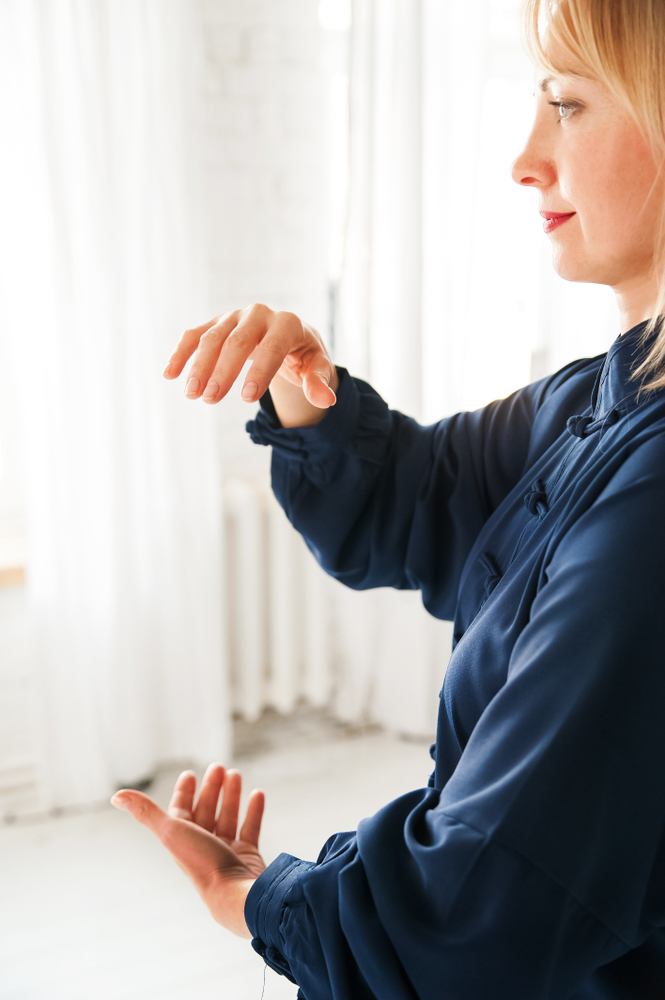 a. Breath as the Gateway:
a. Breath as the Gateway:
Qi cultivation in martial arts often begins with breathwork. Conscious control of the breath serves as a gateway to harnessing Qi. Techniques such as deep diaphragmatic breathing, coordinated with movement, facilitate the smooth flow of Qi throughout the body. This synchronization enhances overall power and stamina.
b. Mind-Body Integration:
Internal martial arts place a strong emphasis on the integration of mind and body. Movements are executed with mindful awareness, directing Qi to specific areas of the body. This intentional focus amplifies the effectiveness of techniques, fostering a heightened sense of coordination, balance, and power.
c. Visualization and Intent:
Qi cultivation involves visualization and focused intent. Martial artists visualize Qi circulating through their meridians, the energy pathways recognized in TCM. The mind directs the flow of Qi, guiding it to areas requiring strength or healing. This mental aspect of Qi cultivation contributes significantly to the internal power of martial arts.
Overlapping Principles of Martial Arts and TCM
a. Meridian System Alignment:
Traditional Chinese Medicine and martial arts share a common understanding of the meridian system. In TCM, meridians are channels through which Qi flows, influencing health. Martial artists consciously align their movements with meridian pathways, optimizing the flow of Qi to enhance strength and resilience.
b. Balancing Yin and Yang:
TCM principles of balancing Yin and Yang energies resonate in martial arts. Movements are designed to harmonize these opposing forces, ensuring a dynamic equilibrium. This balance extends beyond physical techniques to encompass mental clarity and emotional resilience, fostering a holistic approach to martial arts.
The Role of Qi in Physical Techniques
a. Striking and Grappling:
In martial arts, techniques involve striking, grappling, and defensive maneuvers. Qi is integrated into these actions, influencing the effectiveness of each move. Skilled martial artists infuse their strikes with Qi, channeling energy through fists or limbs to maximize impact. In grappling, the understanding of Qi aids in maintaining balance and utilizing minimal force for optimal control.
b. Forms and Kata:
Forms, known as Kata in certain martial arts, are choreographed sequences of movements that embody principles of attack and defense. The execution of forms is a manifestation of Qi flow, emphasizing the integration of breath, intent, and movement. Each posture and transition serves as an opportunity to cultivate and express internal power.
Qi and Martial Arts for Health
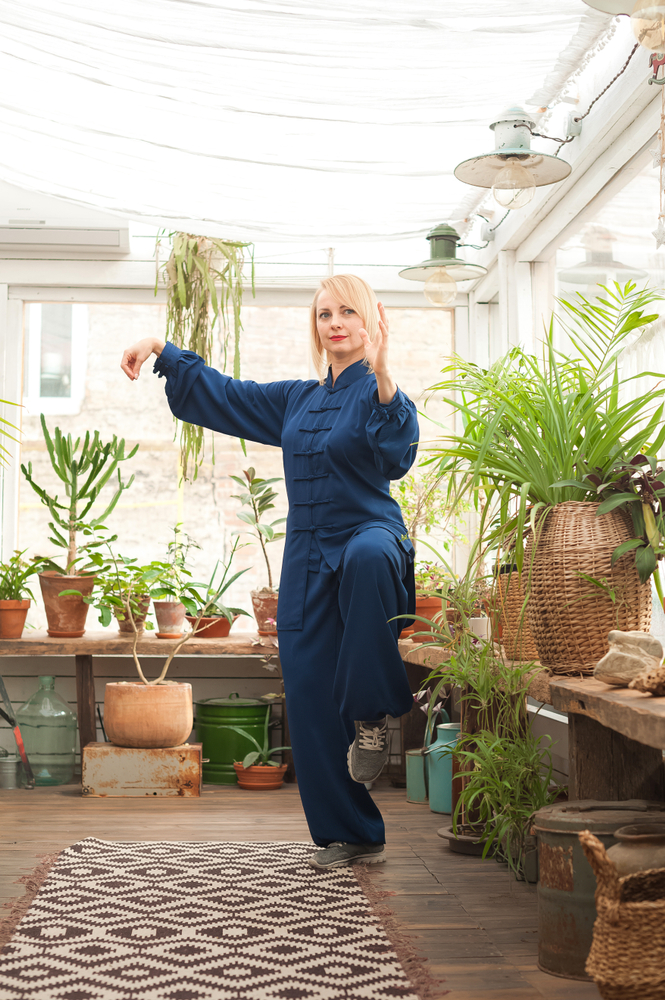 a. Qi as a Healing Force:
a. Qi as a Healing Force:
Beyond combat applications, Qi in martial arts plays a role in health maintenance and healing. Qi cultivation exercises, prevalent in internal martial arts like Qigong, aim to enhance overall well-being. These exercises involve slow, deliberate movements that facilitate the flow of Qi, promoting physical health and emotional balance.
b. Qi Healing Techniques:
Some martial arts traditions incorporate Qi healing techniques. Practitioners who have cultivated a heightened sensitivity to Qi can transfer this energy to support healing in others. These techniques align with TCM principles of restoring balance and unblocking Qi stagnation to promote health.
Qi Mastery: The Culmination of Martial Arts Training
a. Mastery through Discipline:
Qi mastery in martial arts is not instantaneous; it requires disciplined practice over time, often many years. Martial artists cultivate patience, perseverance, and mindfulness in their training, aligning with Daoist principles of inner cultivation and personal development.
b. Integrating Martial and Healing Arts:
Exceptional martial artists seamlessly integrate martial and healing arts. They navigate the delicate balance between force and flow, power and gentleness. This integration reflects a deep understanding of Qi dynamics, allowing them to adapt their techniques to different situations and apply their internal power for both combat and healing purposes.
In the synthesis of martial arts and Traditional Chinese Medicine principles, the essence of Qi emerges as a transformative force. Martial artists embark on a journey of self-discovery, exploring the subtle dimensions of energy cultivation that extend beyond physical prowess. Through intentional breathwork, mindful movement, and the integration of mental focus, Qi becomes the catalyst for strength, balance, and resilience in both combat and well-being. As practitioners delve into the intricate interplay between martial arts and the wisdom of TCM, they unlock the door to the profound realm of internal power – an alchemical fusion of body, mind, and the boundless energy of Qi.
Newer
TCM Pulse Diagnosis and Cardiovascular Health
Older
The Art of Wholeness: Daoist Medicine Unveiled – Bridging Philosophy and Healing
Comments (0)
Leave a reply
You must be logged in to post a comment.



